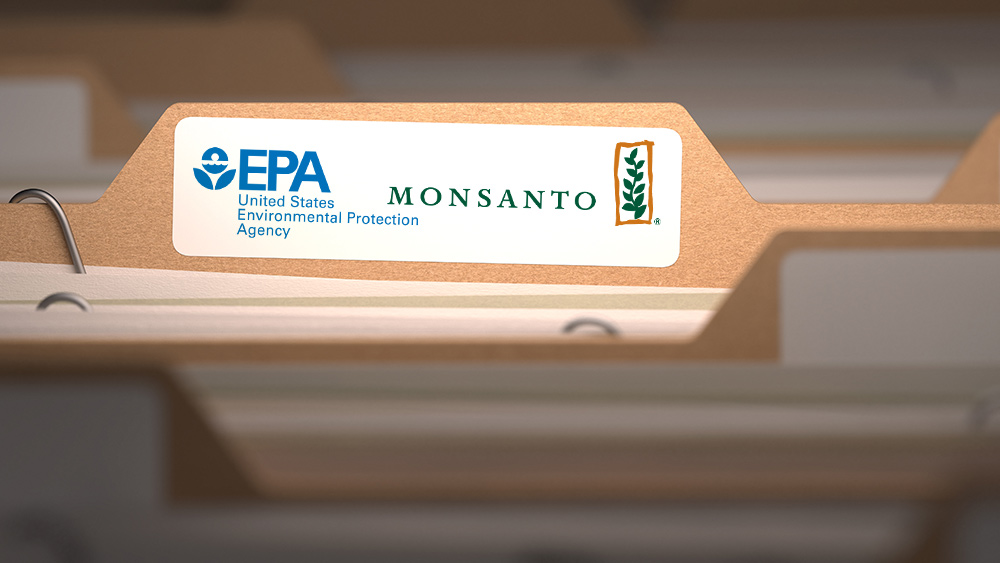Gov’t report says COVID-19 pandemic led to price hikes for food
10/12/2020 / By Ralph Flores

Less than a year after the coronavirus pandemic reached the United States, its drastic effects can already be seen in the lives of many Americans. A new report by the Bureau of Labor Statistics revealed how COVID-19 has impacted the prices of consumer goods across the supply chain. In particular, the pandemic led to a sharp uptick in food price indexes, and disruptions in production and distribution resulted in price volatility.
“These shocks rippled through the economy and affected the prices consumers pay in the grocery store,” added the report.
COVID-19 has kneecapped food supply chains in the U.S.
Beyond it being a public health burden, COVID-19 is also an economic burden. According to economists, the pandemic combines aspects of supply and demand shocks. Lockdowns, such as those implemented in China and other parts of the world, are considered a supply shock as these prevent industries from producing goods or providing services. On the other hand, people avoiding restaurants for fear of catching COVID-19 is considered a demand shock, or a situation that reduces a consumer’s ability to purchase goods and services. Additionally, the loss of income – either from layoffs or furloughs – contribute to demand shock.
COVID-19 has also exposed the weaknesses of the U.S. food supply chain. Empty shelves lining supermarkets while farmers dump milk and abandon crops have become emblems of supply chain failure. Taken together, this has caused import, export, producer and consumer prices to become volatile, especially during the onset of the pandemic. Data from the Bureau of Labor Statistics report showed that prices for meat, fish, dairy and eggs were impacted the most.
By April, the outbreak started to accelerate in the United States. Outbreaks in meat processing facilities in the country resulted in a domestic meat shortage. A subsequent increase in demand for meat imports led to a 16 percent increase in prices, the highest since the index was published in 1993. Export meat prices also rose, driven by a lack of available meat due to COVID-19-related shutdowns. Prices for imported meat continued to rise in June, even as meat processing facilities previously hit by COVID-19 outbreaks were back online.
Fish and shellfish prices also experienced shocks in supply and demand. Lobster prices were down during the height of the pandemic due to a decline in demand from the restaurant and cruise industries, which the pandemic effectively shut down. Both export and import prices for fish and shellfish were similarly impacted by the pandemic, falling by 17.1 and 8.4 percent from January to June this year, respectively.
Other foodstuffs affected by the pandemic include milk and cheese, both of which mainly suffered from the shutdown of the foodservice industry. During the shutdown, export prices for dairy declined by 11.8 percent mainly caused by unexpected oversupply, as well as higher input costs. Demand started to recover in June, thanks to states reopening and foodservice slowly resuming. Eggs were also affected by the pandemic, with export prices falling sharply over the same period.
Rising food prices also seen in the rest of the world
The Food and Agriculture Organization also reported a similar trend in global food prices, with the main drivers for the increase being coarse grains, vegetable oils and sugar. The food agency’s food price index for August averaged at 96.1, over two points higher than that of the previous month.
An upswing from the food price index could be taken as a positive sign at first, especially after dropping from January through April because of COVID-19 and bottoming in May. (Related: Poll shows most Americans support shutting down the economy again to stop the coronavirus.)
The rise also means steady inflation in prices in every part of the supply chain, which can spell bad news for low-income households – most of which are wholly reliant on coronavirus protections, as well as financial aid. While economists see the U.S. economy recovering to pre-COVID-19 levels by the second quarter of next year, they also warn that the recovery comes with strong inflation rates. Also, food producers in Southeast Asia and Latin America are still battling the pandemic on their home fronts, further complicating the recovery of world trade.
Taken together, a hobbling economy, record levels of unemployment and rising food prices can only mean more bad news for struggling families in the U.S. and all over the world.
Over 27 million people around the world have been infected with COVID-19, according to data from Johns Hopkins University.
Pandemic.news has more on the economic impact of the Wuhan coronavirus.
Sources include:
Tagged Under: China, coronavirus, covid-19, economic collapse, economy, financial crisis, food prices, food shortage, food supply, government, government debt, grocery, infections, market crash, meat processing, outbreak, pandemic, stocks, superbugs, virus




















